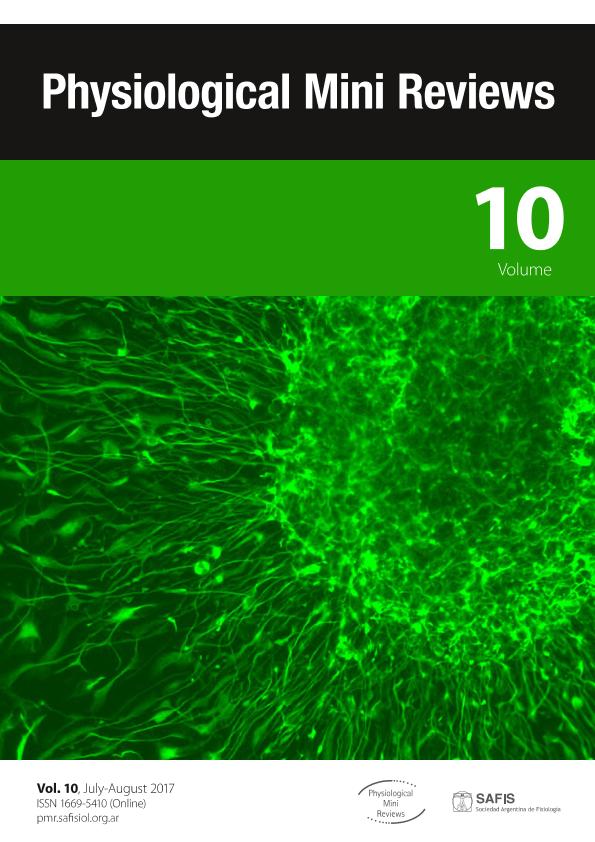Artículo
Mineralocorticoid receptor activation following acute myocardial stretch
Fecha de publicación:
08/2017
Editorial:
Sociedad Argentina de Fisiología. Centro de Investigaciones Cardiovasculares. Universidad Nacional de La Plata
Revista:
Physiological Mini Reviews
ISSN:
1669-5410
e-ISSN:
1669-5410
Idioma:
Inglés
Tipo de recurso:
Artículo publicado
Clasificación temática:
Resumen
Myocardial stretch induces a two-phase increase in developed force. The first phase occurs immediately, is due to an increase in myofilament Ca2+ responsiveness, and is the expression of the Frank-Starling mechanism. The second phase, gradually developed, results from an increase in intracellular Ca2+ concentration and is known as ?slow force response? (SFR) to stretch. Characterization of the subcellular basis of the increase in Ca2+ responsible for the SFR development was an important objective of our laboratory group during last two decades. We have compiled enough evidence to suggest that the SFR is the mechanical expression of an autocrine/paracrine loop of intracellular signals leading to the reactive oxygen species (ROS)-mediated activation of redox-sensitive kinases that activate (phosphorylate) the cardiac Na+/H+ exchanger (NHE1), increasing intracellular Na+, and consequently, Ca2+ concentration. Recently, we demonstrated that mineralocorticoid receptor (MR) activation after stretch is critical for the progression of this complex signaling pathway. Interestingly, clinical evidence assigns a detrimental role to MR activation in the pathophysiology of heart failure (HF), in which cardiac wall stretch is an important triggering factor. The aim of this mini-review is not only to share our own experience describing novel non-genomic effects of MR activation after acute myocardial stretch and the physiological consequences, but also to discuss other possible pathophysiological implications, as well as the potential clinical impact of this important discovery.
Palabras clave:
Mineralocorticoid Receptor
,
Myocardial Stretch
,
Clinical Impact
Archivos asociados
Licencia
Identificadores
Colecciones
Articulos(CIC)
Articulos de CENTRO DE INVEST.CARDIOVASCULARES (I)
Articulos de CENTRO DE INVEST.CARDIOVASCULARES (I)
Citación
Perez, Nestor Gustavo; Mineralocorticoid receptor activation following acute myocardial stretch; Sociedad Argentina de Fisiología. Centro de Investigaciones Cardiovasculares. Universidad Nacional de La Plata; Physiological Mini Reviews; 10; 4; 8-2017; 37-47
Compartir




